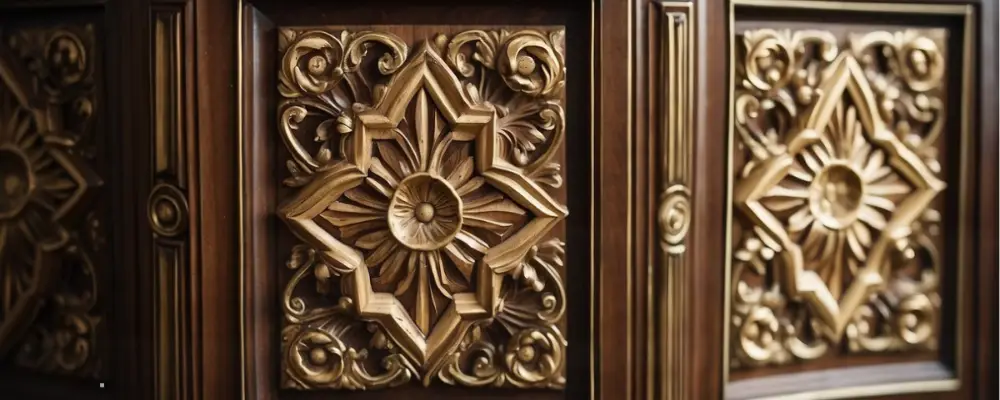Having a more decorative and attractive look to the building has become a basic need in the modern construction field, especially in homes. There are numerous decorative elements, that can be used to improve the buildings’ overall appearance. Among them, beeding plays a major role in improving the overall appearance while also helping to protect the structure.
Beadings are classified into two types: functional beading and decorative beading. In this blog, we will take a look at what decorative beading is and everything you need to know.
What is Decorative Beading?
Decorative beading is a type of trim or moulding applied along the corners, edges, and transitions to provide a decorative and polished look. It is most commonly found around windows, doors, walls, ceilings, furniture, and other architectural elements.
Materials Used for Decorative Beading
Wood
Wood is a widely used traditional beading type known for its versatility and workability. Wooden beadings can be easily shaped, stained, or painted, making them suitable for all aesthetic applications.
Plastic
It is an affordable and versatile beading material that easily mimics wooden and metal beading. It can be used for wall borders, ceilings, and furniture edges.
Metal
Metals like aluminium, brass, and steel can be used as beading materials that offer exceptional strength and durability. They give a more modern and industrial look and are used for door frames, window trims, furniture, baseboards, and edge detailing.
Glass
Glass beading adds more sparkle and shiny looks to the projects. The glass beading provides a luxurious look for walls and tables with colourful and textured designs.
Choosing the Right Wood Types for Restoration Projects
Numerous beading options are available for restoring buildings to retain their character and provide additional protection. Some of the popular wood options include:
Oak Beading
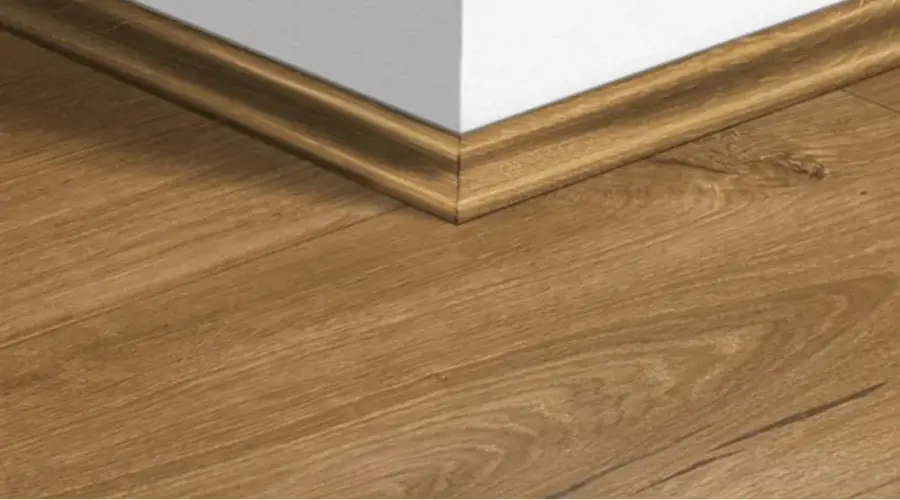
Oak beading is known for its rich, warm tones, high resistance to wear, and overall durability. It has been widely popular for wooden beadings for hundreds of years.
Teak Wood Beading
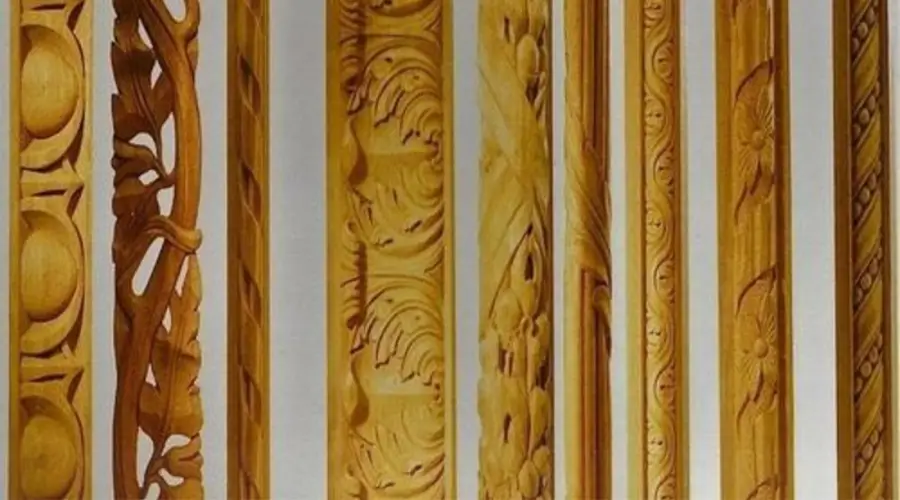
Teak wood beads are another popular option for restoration projects. They are known for their elegant finish and wide indoor and outdoor use. However, due to environmental restrictions, the use of teak has been reduced. Iroko is often used instead of teak after the restrictions. However, it is no real comparison to teak.
Walnut Beading
It is a chocolate brown wood that adds a luxurious look to the building. Due to its high cost, it is known for more decorative applications than functional uses, and it may not be suitable for certain lengths and sections.
Meranti Beading
Meranti beading is another preferred choice in the restoration of buildings due to its lightweight yet high-strength properties.
Pine Beading
Pine or redwood beading is a popular choice because it’s durable and perfect for outdoor use.
Accoya Beading
It is a modified timber that has high durability and a smooth finish. This type of beading is stable and does not tend to chip or split. However, using Accoya beading with ferrous metals is not recommendable, as it can cause adverse reactions due to the type of treatment the wood undergoes.
Applications of Decorative Beading in Construction
Door and Window Frames
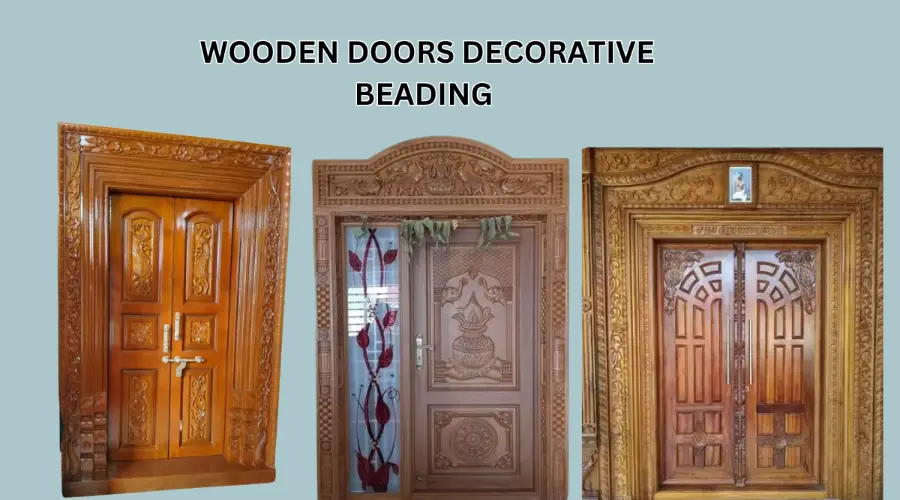
Wooden beading is ideal for framing doors and windows to give them a polished look. It enhances the sealing between the frame and the wall, preventing voids and improving energy efficiency. The finished and polished edge improves the overall appearance of the building.
Flooring
Floor beading is used in places where the floor connects to the wall. It connects the gap between them and provides a smooth and clear finish.
Paneling
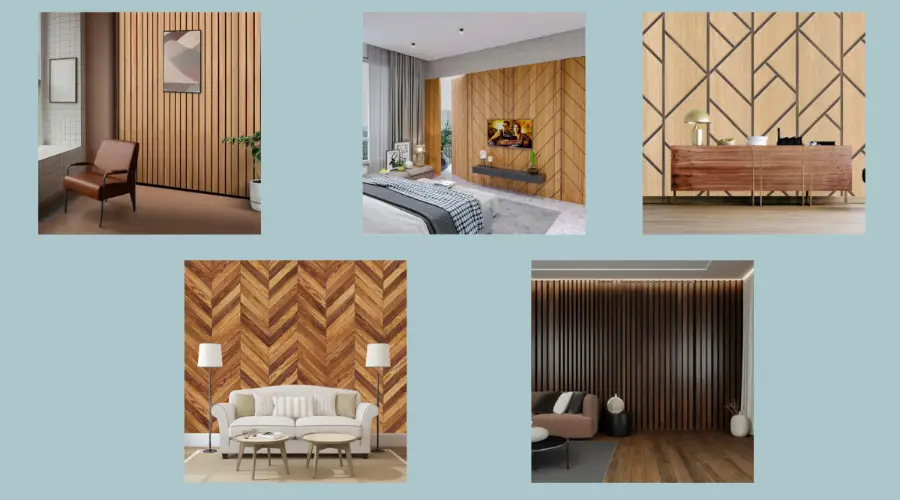
The beading can be used to create decorative panels on walls and ceilings. It is most commonly used to provide the traditional and historical looks to the building.
Furniture
Another main application of beading is using it in furniture such as cabinets, dressers, cupboards, bookcases, and more. It creates good, elevated and decorative borders for the furniture, improving its overall appearance.
Installation Techniques for Decorative Beading
Preparing the Surface
The first step in installing the decorative beeding is to prepare the surface and ensure that it is free from any deterioration and clean without any water seepage or dust.
Measure and Cut the Panels
Measure the area where the beading needs to be installed and take accurate measurements for the length. Mark the measurements for the beading on the surface. Cut the beading according to the measured length and angles, ensuring that they meet the corner.
Apply Adhesive
Apply a thin bead of construction adhesive or glue along the beading and the surface to hold the beading in place. In the case of PVC beading, stronger adhesive is needed.
Fixing the Beading
After applying the adhesive, position the beading along the marked lines and press it firmly against the surface to properly align the beading. Hammer the nails or pins to ensure the beading is fixed firmly.
Sealing and finishing
Seal the gaps between the beading and the surface with a caulk and wood filler to cover the nail holes, giving it a finishing touch. Smooth the surface and allow the beading and the surface to dry, achieving a complete look.
Benefits of Using Decorative Beading
- Improves the detailing of plain surfaces and transforms the normal surface into a more sophisticated and visually pleasing feature.
- It adds architectural and polished looks to the internal and external spaces.
- It provides cleaner and smoother transitions for the roof, making it feel more cohesive and covering harsh angles.
- It helps cover gaps, joints, and cracks in the structure and gives a more polished look.
- It adds depth, texture, and detailing and gives an aesthetically pleasing touch to the surface and furniture.
- It increases the value of the property by enhancing the overall look.
- Beadings are easy to install and maintain, limiting the maintenance costs.
- The polished finish improves lighting and creates a pleasing ambience.
- These beadings are affordable and can withstand a long period of time.
Conclusion
Decorative beading plays a significant role in improving the overall looks of the structure. The variety of beading materials and designs gives both classic and modernised appeal to spaces. It is easy to install and maintain, adding more value to the structure. Implementing the best installation practice will ensure the longevity of the beading and maintain the overall appearance.

